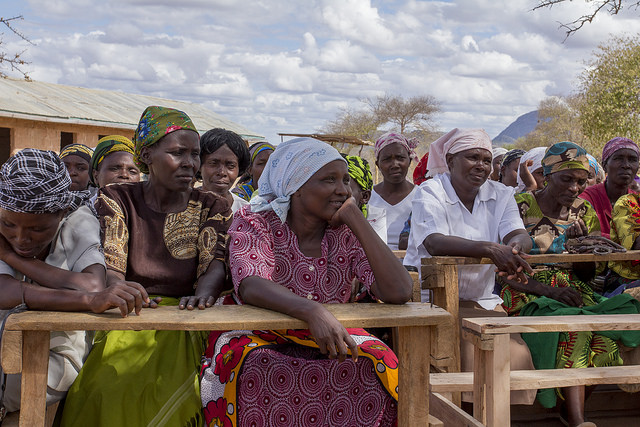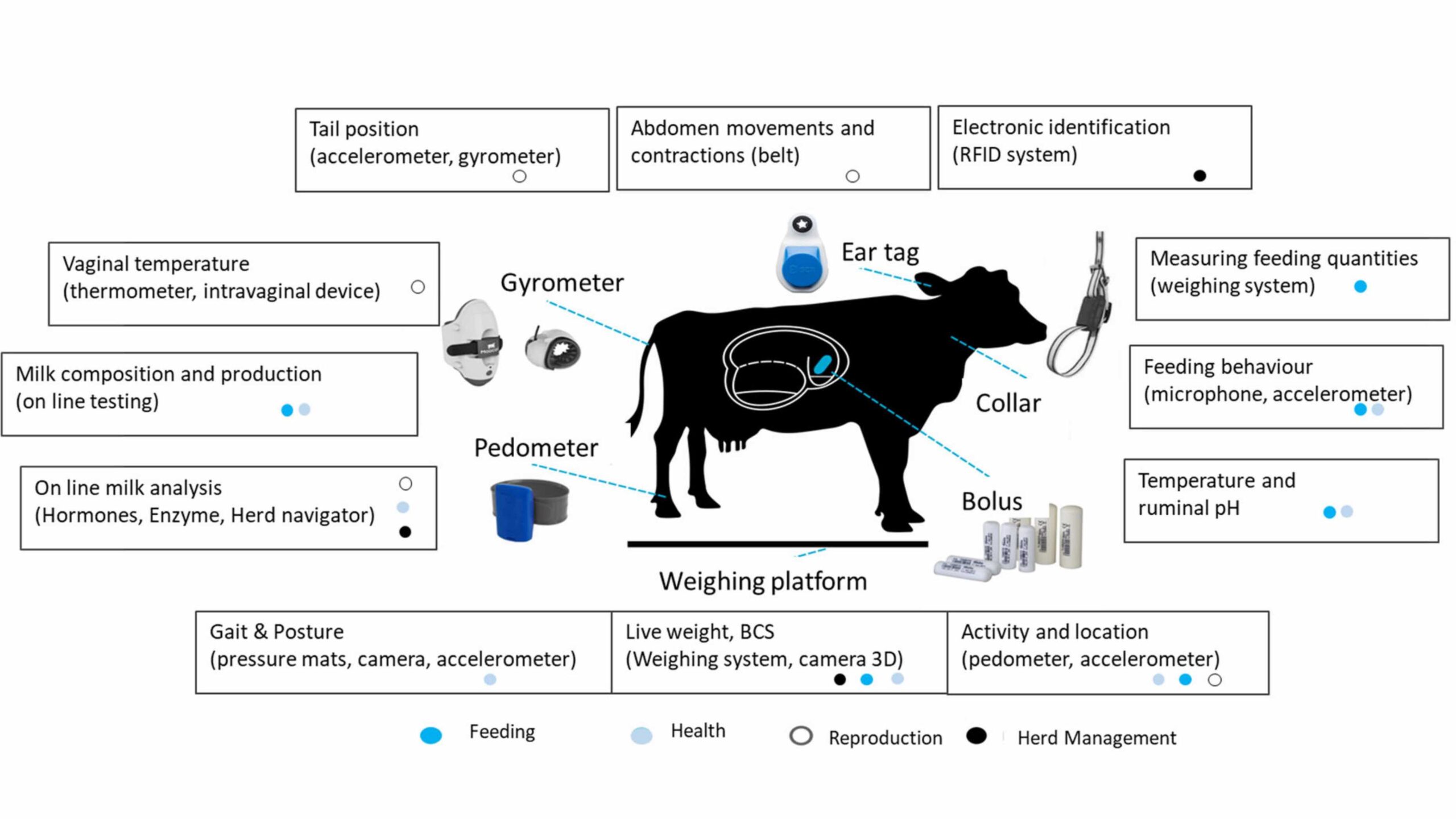As evidence grows about the importance of women as key agents in agriculture, food security and nutrition, more agricultural development projects are striving to address gender; and some even include women’s empowerment as a direct or indirect objective. Yet projects with stated goals for women’s empowerment vary greatly in their objectives, activities, and ways of measuring their work.
There is no consensus on how to classify or compare approaches to gender in agricultural development activities. Some distinguish between gender-blind, gender-responsive (or -sensitive), gender-equitable, and gender-transformative projects; others between projects that address practical needs versus strategic gender interests. While these terms are helpful to differentiate between project goals or objectives, they don’t offer much insight into what changes are intended, how they are attempted to be achieved, and how these changes are being measured. This is a major shortcoming, because how projects have (or have not) thought through their activities to achieve and measure their outputs and impacts will affect their outcomes.
In our work with agricultural development projects, we identified the need to distinguish between approaches to reach women as participants, those that benefit women, and, finally, those that empower women. These terms refer not only to project objectives, but also to the set of activities the project undertakes (strategies) and the ways it measures its impact (indicators). Simply reaching women does not ensure that they will benefit from a project, and even if women benefit (e.g. from increased income or better nutrition), that does not ensure that they will be empowered (e.g. in control over that income or making choices of foods for their households).
The following graphic, taken from ongoing work on the GAAP2 project by Nancy Johnson, Mysbah Balagamwala, and coauthors, describes in more detail these three types of approaches as well as strategies and indicators that can support them.
Many projects implicitly assume that effectively reaching women is sufficient to benefit and empower them. While counting and facilitating women’s participation is important, programs that only record the number of female participants may miss important intrahousehold and community dynamics that might dilute or redistribute program benefits away from women. For example, if a woman participates in a livestock transfer program, she may be counted by the project as a livestock owner, but when she takes the livestock home, does she or her husband decide whether to sell it or its products and control the income earned from their sale?
Benefit and empowerment approaches are sometimes but not always complementary. The first Gender, Agriculture, and Assets Project (GAAP1) showed that even where projects succeeded in increasing women’s income, they didn’t always increase women’s control of that income, and rarely increased women’s control of overall household income (Santos et al. 2013; Quisumbing et al. 2013).
Moreover, benefits to women may not be sustainable without increasing women’s bargaining power within the household, and changing the underlying balance of power between men and women may be easier and less prone to backlash against women if it is accompanied by material benefits that can be shared by other members of the household, including the man. Conversely, projects exclusively focused on benefiting women may fail to consider appropriate roles and benefits for men, and may not be accepted by men (or men and women!) in the household or entire communities.
Collecting indicators on benefits and on empowerment is also important because the distribution of project costs within the household may tell an unexpected story. Indicators that look at potential unintended consequences, including increase in time burden, threat of violence, or restricted mobility, can offset gains in other benefits or other domains of empowerment.
Empowerment may not necessarily require reach and benefit approaches. Some projects focus directly on shifting gender norms and attitudes, such as those that aim to change attitudes towards gender-based violence, and may be targeted to the community, particularly influential community members, rather than to individual women. Similarly, “reach” activities—including and counting women—can be a powerful way to increase women’s access to information, form new networks, and strengthen confidence. In both cases, however, to be able to test a project’s theory of change, project objectives, strategies, and indicators need to be aligned.
The agricultural development community and the nutrition community have used different entry points for reaching, benefiting, and empowering women. Agricultural development projects have traditionally targeted men, despite evidence that women are heavily involved in agriculture. Nutrition programs, on the other hand, have typically targeted women, even if they may not have the bargaining power to control the resources needed for their families’ food and nutrition security.
More recently, agricultural development projects are trying to empower women, in addition to reaching and benefiting them, while nutrition projects are also aiming to involve men more in nutrition messaging and changing household norms around decision making. This attention to gender has been reinforced by the evidence on gendered agriculture to nutrition pathways indicate how increasing women’s control over income, household expenditures, and crop choice can influence household nutrition. Paying closer attention to gender dynamics has also meant recognizing the potentially detrimental impact of women’s time burden on nutrition through reduced capacity to provide quality care to infants and young children, as well as on women’s own health.
Empowerment may not necessarily require reach and benefit approaches. Some projects focus directly on shifting gender norms and attitudes, such as those that aim to change attitudes towards gender-based violence, and may be targeted to the community, particularly influential community members, rather than to individual women. Similarly, “reach” activities—including and counting women—can be a powerful way to increase women’s access to information, form new networks, and strengthen confidence. In both cases, however, to be able to test a project’s theory of change, project objectives, strategies, and indicators need to be aligned.
The agricultural development community and the nutrition community have used different entry points for reaching, benefiting, and empowering women. Agricultural development projects have traditionally targeted men, despite evidence that women are heavily involved in agriculture. Nutrition programs, on the other hand, have typically targeted women, even if they may not have the bargaining power to control the resources needed for their families’ food and nutrition security.
Many nutrition-sensitive agriculture projects are now coupling traditional agricultural capacity and asset building with dialogues that engage men and women on social norms and household decision-making. A pilot project in Bangladesh, for example, is testing an approach that would provide agricultural extension messages to women as well as men, behavior change communication related to nutrition to men as well as women, as well as gender sensitization activities that attempt to change gender norms that are barriers to achieving good health and nutrition. The gender sensitization activities consist of dialogues that engage community leaders, men, and women on social norms and household decision-making.
To be able to monitor whether projects reach, benefit, and empower women, project-level indicators need to be simple, feasible to measure, and cost-effective. There is a persistent assumption that it is challenging and costly to measure women’s empowerment. However, there are practical ways to measure changes in control and decision making. Women’s ownership of key assets has been integrated into nationally representative household surveys, and measures of women’s participation in decision-making are regularly collected in Demographic and Health Surveys. An ongoing effort at IFPRI is working with a portfolio of 15 agricultural development projects to adapt the Women’s Empowerment in Agriculture Index (WEAI) for project use, going beyond the five domains of empowerment in the WEAI to include, for example, intrahousehold relationships and mobility.
Although it is easier to count participation indicators, for “reach” to translate into benefits and empowerment for women, rather than assume that benefits and empowerment occur automatically, we need to pay explicit attention to these linkages and use indicators that measure how women benefit, and are empowered by these projects.
Sophie Theis is a Research Analyst and Ruth Meinzin-Dick is a Senior Research Fellow in IFPRI’s Environment and Production Technology Division (EPTD). The authors would like to acknowledge that this post is a product of discussions with Nancy Johnson, Mysbah Balagamwala, Agnes Quisumbing, Crossley Pinkstaff, Claudia Ringler, Hazel Malapit, and Patti Kristjanson. This post first appeared on the Research Program on Agriculture for Nutrition and Health (A4NH) blog.







